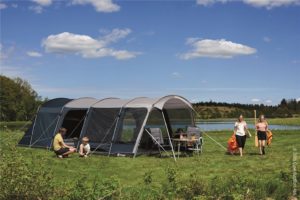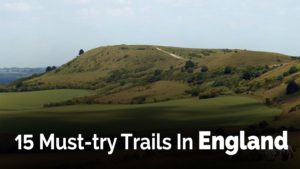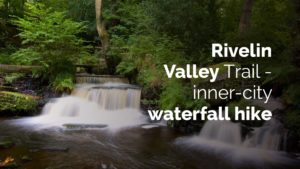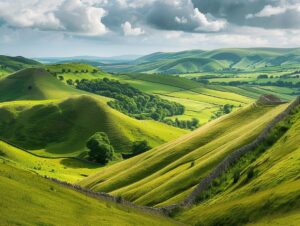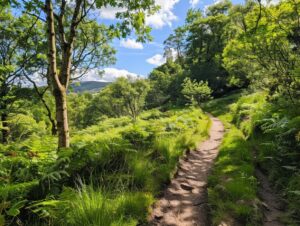

Vaibhav
- Categories: Hiking
Are you looking to immerse yourself in nature and encounter some incredible wildlife along the way? Look no further than the stunning hiking spots in the UK, where you can witness a wide variety of animals in their natural habitat.
From the majestic Red Deer to the playful Otters, these hikes offer a unique opportunity to connect with wildlife like never before. Join us as we explore the best hiking spots in the UK for experiencing wildlife and learn some tips for spotting these amazing creatures along the way.
And don’t worry, we’ll also share some important safety tips to ensure you have a memorable and safe hiking experience.
Key Takeaways:

- Hiking in the UK is a great way to experience diverse wildlife in its natural habitat.
- The Cairngorms, Lake District, Peak District, Yorkshire Dales, South Downs, and New Forest National Parks offer some of the best opportunities for wildlife sightings.
- Be on the lookout for red deer, mountain hares, red squirrels, peregrine falcons, wild ponies, and otters while hiking in these national parks.
The Best Hiking Spots for Wildlife in the UK
The United Kingdom provides a plethora of picturesque hiking trails, notably including the Pembrokeshire Coast Path, West Highland Way, and Yorkshire Wolds Way. These routes are celebrated for their diverse wildlife and stunning landscapes, attracting nature enthusiasts looking to immerse themselves in the natural beauty of the country.
1. The Cairngorms National Park
The Cairngorms National Park, situated in the Scottish Highlands, serves as a sanctuary for individuals with an interest in wildlife, providing opportunities to observe majestic red deer and enigmatic mountain hares within its awe-inspiring mountainous terrains.
Red deer can frequently be observed grazing in the expansive moorlands and lower valleys, whereas mountain hares tend to inhabit higher rocky outcrops offering enhanced visibility. Optimal times for wildlife sightings are the early mornings and late afternoons, as animals tend to be more active during these cooler periods of the day.
The autumn season presents an excellent opportunity for witnessing red deer during the rutting season, while winter is ideal for spotting the white-coated mountain hares set against the snowy landscape.
Hikers can enhance their chances of wildlife encounters by moving quietly, ensuring they stay downwind, and exercising patience to observe these magnificent creatures in their natural surroundings.
2. The Lake District National Park
The Lake District National Park is renowned not only for its picturesque lakes and rugged landscapes but also for its diverse river life, including playful otters, dippers, and grey wagtails, making it an optimal destination for wildlife enthusiasts.
Rivers such as the River Derwent and River Rothay in the Lake District provide excellent habitats for otters, offering fortunate observers the opportunity to witness these captivating mammals engaging in water activities.
Dippers and grey wagtails are commonly observed darting along the swiftly flowing streams and rocky banks, demonstrating their adept hunting abilities. To observe these creatures quietly, it is imperative to move with caution, avoiding sudden movements and blending into the environment to prevent startling them.
In wildlife observation, patience plays a crucial role, enabling individuals to observe the animals’ natural behaviours undisturbed.
3. The Peak District National Park
The Peak District National Park provides hikers with the opportunity to observe a diverse range of birdlife, including the majestic soaring of buzzards, the distinctive calls of ravens, and the resonant drumming sounds of woodpeckers reverberating through the woodlands.
The park is particularly renowned for its frequent sightings of peregrine falcons, often seen perched on rocky outcrops, diligently scanning for prey with their exceptional eyesight. Enthusiastic birdwatchers are drawn to locations such as Stanage Edge and the Roaches, recognised as prime spots for observing these magnificent birds.
Spring and early summer are optimal seasons for birdwatching, as numerous migratory species return and breeding activity reaches its peak. Trails like the Dovedale Circular Walk and the White Peak Loop present outstanding opportunities to witness a diverse array of bird species in their natural environment.
4. The Yorkshire Dales National Park

Within the Yorkshire Dales National Park, visitors have the opportunity to witness the graceful movements of bounding hares across the expansive meadows, accompanied by the melodious songs of robins and thrushes nestled in the woodlands.
These captivating creatures inhabit a variety of habitats throughout the park. Hares are commonly sighted in the open grassy expanses, whereas birds such as robins and thrushes tend to inhabit the dense woodlands.
The arrival of spring and summer ushers in a vibrant display of life in the meadows, characterised by the lively antics of hares and the melodious tunes of the birds. Enthusiasts keen on observing these species will find the woodland trails to be optimal locations for birdwatching, while the meadow paths present opportunities to witness the graceful movements of the hares.
5. The South Downs National Park
The South Downs National Park is recognised as a prominent location for birdwatching enthusiasts, offering opportunities to observe the elegant flights of red kites and a diverse array of migratory birds that contribute to the captivating dawn chorus.
Bird enthusiasts are drawn to this region, particularly during the migration seasons in spring and autumn. During these periods, spectators are treated to the spectacle of birds flocking across the skies against the backdrop of the landscape. Red kites, distinguished by their forked tail and reddish-brown plumage, are frequently observed soaring gracefully overhead.
To identify red kites, observers should pay attention to their unique flight patterns characterised by long, slender wings. Plus red kites, visitors should remain vigilant for other notable avian species such as skylarks, meadow pipits, and peregrine falcons that also inhabit the park.
6. The New Forest National Park
The New Forest National Park is widely acclaimed for its population of untamed ponies and provides an opportunity for hikers to experience the serene calls of owls at dusk and observe the colourful wood warbler within its verdant forests.
The historical presence of these wild ponies within the park can be traced back to centuries past when they roamed freely in the ancient woodlands. These ponies serve not only as a picturesque spectacle but also hold a significant role in preserving the biodiversity of the ecosystem.
For enthusiasts of avian species, the optimal periods for listening to owls’ calls are during the tranquil dusk hours when the forest resonates with their haunting vocalisations. Wood warblers, on the other hand, are predominantly found in the park’s dense woodlands, particularly in the early morning hours when their activity levels peak.
What Wildlife Can You Expect to See on These Hikes?
During these excursions, individuals with an appreciation for nature can expect to observe a wide variety of wildlife, including the charming puffins, lively seals, and sometimes dolphins, along the coastal paths.
1. Red Deer
Red deer are frequently observed in the Cairngorms National Park and along the West Highland Way, providing hikers with a glimpse of one of the UK’s largest land mammals in all their majestic splendour.
These impressive animals are renowned for their ability to thrive in a variety of habitats, from mountains and woodlands to open moorlands. Red deer exhibit heightened activity levels during the autumn breeding season, commonly referred to as the ‘rut,’ during which dominant stags vigorously vie for mating privileges.
Witnessing red deer during this period can be an exhilarating experience, as their resounding roars reverberate throughout the landscape. The significance of red deer in these environments extends beyond their sheer size; they play a vital role in ecosystem formation through grazing patterns and seed dispersal.
2. Mountain Hares
Mountain hares, known for their seasonal coat changes, can be sighted in the Cairngorms National Park and along the Skye Trail, especially in elevated terrains and during the winter season.
These intriguing creatures exhibit a preference for habitats above the tree line, allowing them to seamlessly blend with the snow-clad surroundings. Renowned for their elusive nature, mountain hares often swiftly evade human presence by bounding away when approached.
To observe them, one should seek out their distinctive white fur amidst the heather and rocky landscapes. The optimal times for spotting mountain hares are early mornings and late afternoons when they are most active. Winter presents an opportune season for observation, as their white coats offer camouflage against the snowy backdrop, facilitating easier visual identification.
3. Red Squirrels

Red squirrels present a charming spectacle in the Yorkshire Dales, frequently observed moving swiftly through the woodlands alongside other wildlife species such as red kites and robins. These endearing creatures serve as emblematic representatives of the diverse wildlife thriving in this picturesque region.
Given their conservation status of concern, attributed to their competition with the invasive grey squirrel, conservation efforts have been implemented to safeguard their habitats in locations like Ingleton and Hawes. The Yorkshire Dales offer an optimal sanctuary for red squirrels, providing abundant food sources and refuge within the ancient woodlands.
Red kites play a pivotal role in this ecosystem by regulating populations of small mammals, while robins contribute a vibrant touch with their distinctive red breast, complementing the vivid hues of the squirrels’ fur.
4. Peregrine Falcons
Peregrine falcons, renowned for their remarkable speed, are frequently observed at Malham Cove, where they establish their nests on the cliffs and coexist with ravens.
These impressive birds of prey not only demonstrate the ability to exceed speeds of 240 mph during their dives for prey but also showcase intriguing nesting behaviours. Peregrine falcons select the cliffs of Malham Cove as their preferred nesting location due to the shelter and advantageous vantage points they offer.
Their hunting techniques involve impressive aerial manoeuvres, as they sharply descend to capture birds in flight. The presence of ravens in the vicinity contributes to the intricate ecosystem dynamics, with these intelligent birds often engaging in competition for resources and territory with the peregrine falcons.
5. Wild Ponies
The wild ponies in the New Forest National Park are a prominent and well-known feature, frequently encountered by hikers and passersby as they freely roam the heathlands and woodlands.
These ponies hold significant historical value in the New Forest region, with their presence potentially tracing back to prehistoric eras when early settlers introduced them to the area. Presently, the management of the wild pony population falls under the careful supervision of the Verderers, who diligently monitor their well-being and oversee conservation efforts.
In the presence of these majestic creatures, it is crucial to maintain a respectful distance and refrain from feeding them, as this could disrupt their natural behaviours. Interactions with individuals passing by should be kept to a minimum to reduce any potential disturbances to the ponies’ environment and daily routines.
6. Otters
Otters represent an enchanting aspect of the riverlife in the Lake District, and observant hikers may have the opportunity to witness them engaging in playful activities or hunting along the riverbanks during their excursions.
These captivating mammals exhibit heightened activity levels during the early hours of the morning and late evenings, rendering these periods particularly conducive to otter sightings. Noteworthy locations within the Lake District renowned for affording glimpses of these elusive creatures encompass the riverbanks of Derwentwater, the River Derwent, and the shores of Coniston Water.
Otters commonly construct their dens adjacent to riverbanks, utilising natural materials such as rocks, logs, and vegetation to establish comfortable resting spaces. Their engaging behaviour and elegant swimming movements render them a source of delight for wildlife enthusiasts seeking to observe them in their natural habitat.
Tips for Spotting Wildlife on Your Hike
Observing wildlife during a hike can be a gratifying endeavour. Employing strategies such as starting early to witness the dawn chorus, using binoculars, and maintaining a subdued demeanour while walking can notably enhance the likelihood of encountering animals in their native environments.
The timing of your excursion is paramount, given that numerous animals exhibit heightened activity levels during the periods around dawn and dusk. Upon reaching a designated location, it is advisable to assume a seated position and give the wildlife an opportunity to acclimatise to your presence.
The virtue of patience cannot be overstated, therefore refraining from hasty movements is advised. It is imperative to show respect for the animals’ personal space and avoid any actions that may disturb or provoke them.
The usefulness of binoculars in enhancing the viewing experience is considerable, enabling observers to discern intricate details from afar. Moving in a discreet manner and tuning oneself to auditory cues such as rustling sounds or bird calls can help in the identification of wildlife with greater ease.
How to Stay Safe While Hiking in the UK?
Ensuring safety during hiking excursions in the UK necessitates meticulous preparation with suitable equipment, understanding of prevailing weather conditions, and adherence to trail safety protocols to guarantee a secure and pleasant outdoor venture.
Moreover, to augment safety measures, it is imperative to consult weather forecasts prior to commencing the hike, as unforeseen weather fluctuations can significantly impact the journey.
Attiring oneself in appropriate clothing and footwear is paramount to ensure comfort and protection from environmental elements.
The inclusion of a map and compass in one’s gear can prove instrumental in navigating off-course deviations.
Furthermore, it is crucial to acquaint oneself with the indigenous wildlife of the region to preempt any potential encounters.
It is advisable to consistently adhere to marked trails to minimise the likelihood of becoming disoriented and to inform a trusted acquaintance or family member of the hiking itinerary, encompassing route details and anticipated return timeframe.
Frequently Asked Questions
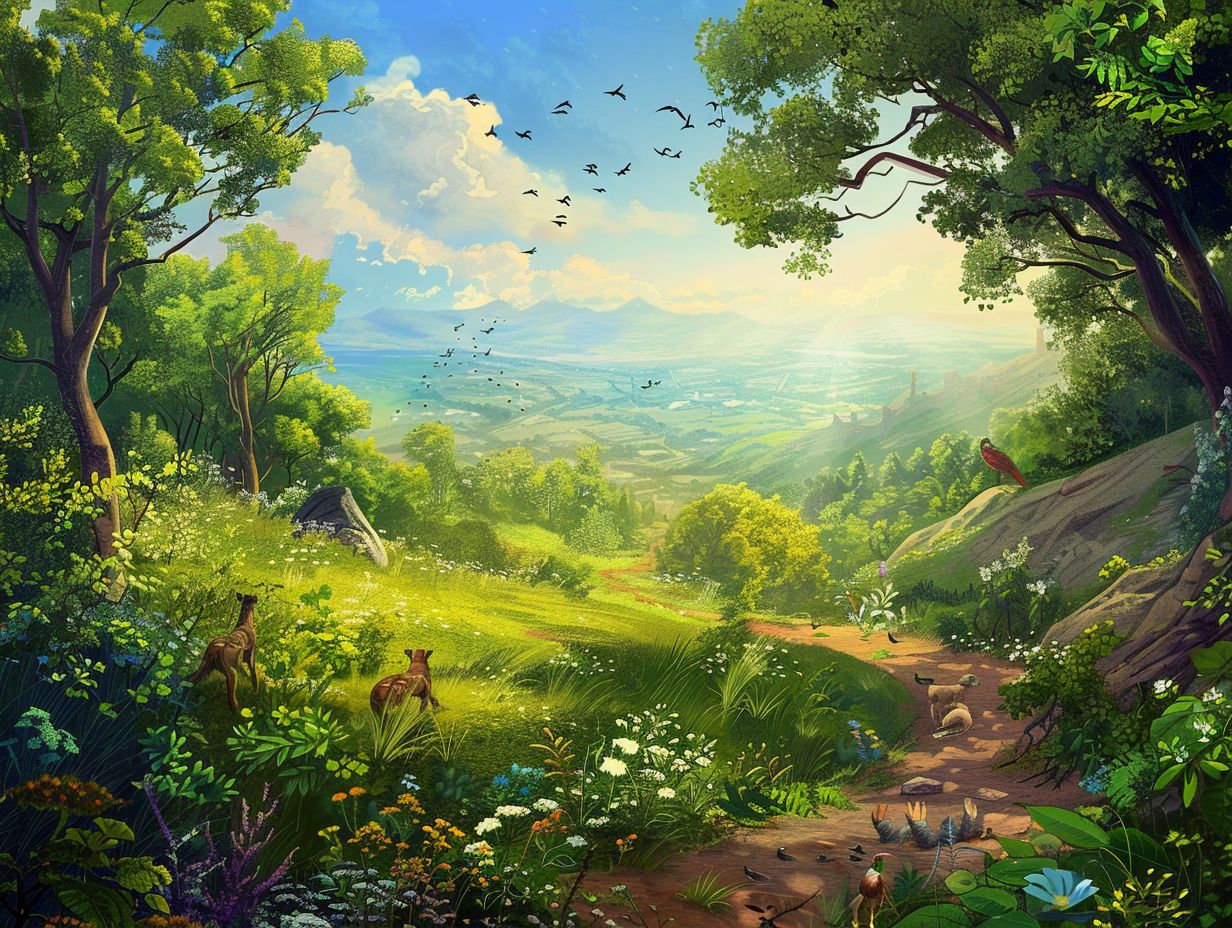
What are the best UK hikes for experiencing wildlife?
Some popular hikes in the UK for experiencing wildlife include the Snowdonia National Park, the Isle of Skye, the Peak District, and the Lake District.
Are there any guided hikes specifically for experiencing wildlife in the UK?
Yes, there are many tour companies and organizations that offer guided hikes focused on wildlife in the UK. Some examples include Wildland Adventures, Wilderness Scotland, and Ramblers Walking Holidays.
What kind of wildlife can be seen on these hikes?
The UK is home to a diverse range of wildlife, and depending on the location and season, hikers may encounter animals such as red deer, mountain goats, otters, seals, puffins, and various bird species.
Do I need any special equipment for these hikes?
While basic hiking gear such as sturdy shoes, a backpack, and weather-appropriate clothing are necessary, some hikes may require additional equipment such as binoculars or a camera to fully enjoy the wildlife sightings.
Are these hikes suitable for all levels of hikers?
Some of the best UK hikes for experiencing wildlife may be more challenging, with steep inclines or uneven terrain. It is important to research and choose a hike that is suitable for your fitness level and abilities.
What is the best time of year to go on these hikes?
The best time of year to go on these hikes will vary depending on the location and the specific animals you hope to see. Generally, spring and summer months offer more wildlife sightings, but it is always best to do some research and plan accordingly.
Share:
By submitting your email address, you are agreeing to receive marketing emails from theexpertcamper.co.uk.
We’ll never share your email address and you can unsubscribe at any time. Privacy policy
Related Posts
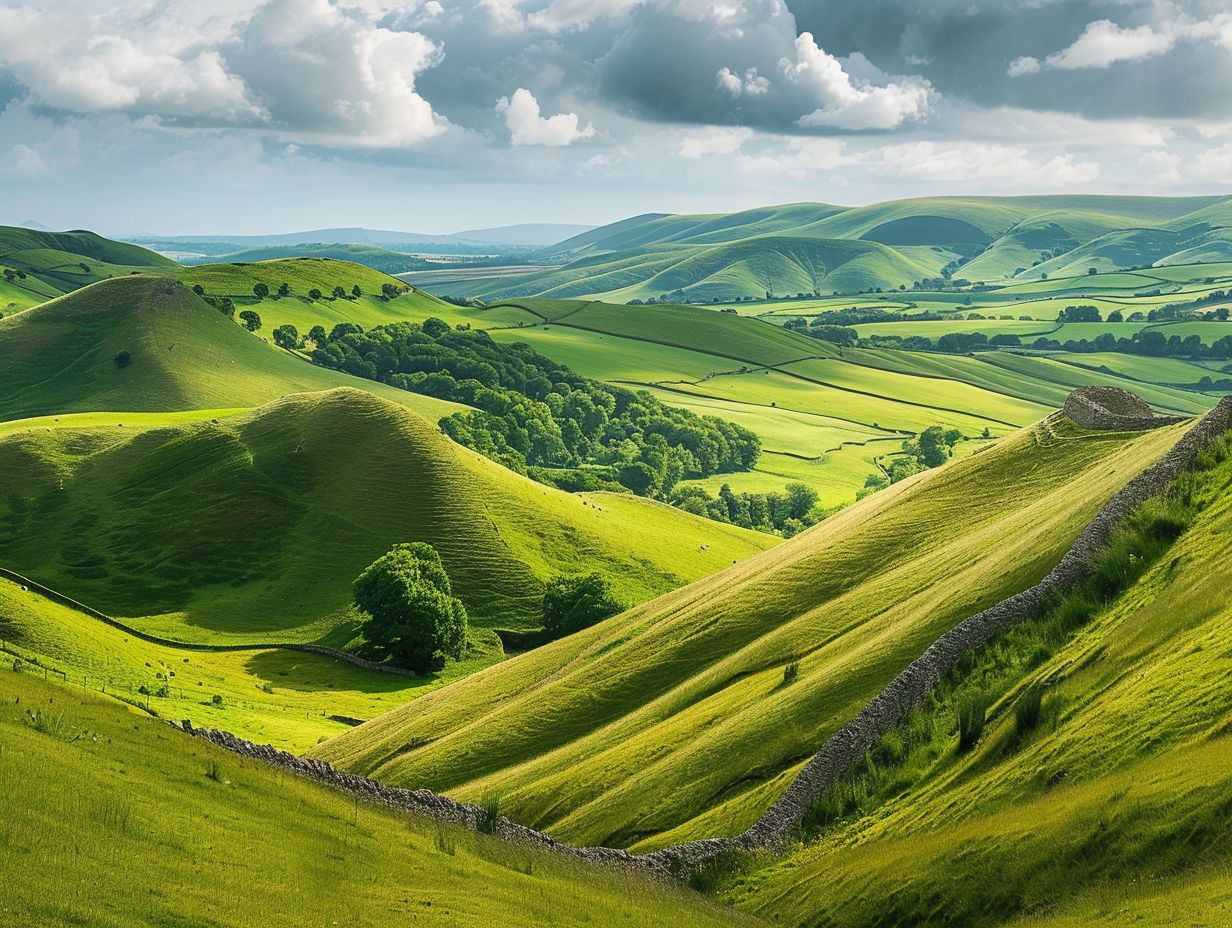
A Seasonal Guide To Hiking In The Peak District
Are you ready to lace up your hiking boots and explore the stunning landscapes of the Peak District? This seasonal guide will take you through

Hiking Challenges Preparing For Your First Ultrahike
Are you ready to take your hiking adventures to the next level? Ultra-hiking offers a unique combination of physical and mental challenges, breathtaking scenery, and

Ecofriendly Hiking Tips For Sustainable Adventures
Are you an outdoor enthusiast looking to minimise your impact on the environment while enjoying the great outdoors? Eco-friendly hiking is the perfect solution! We
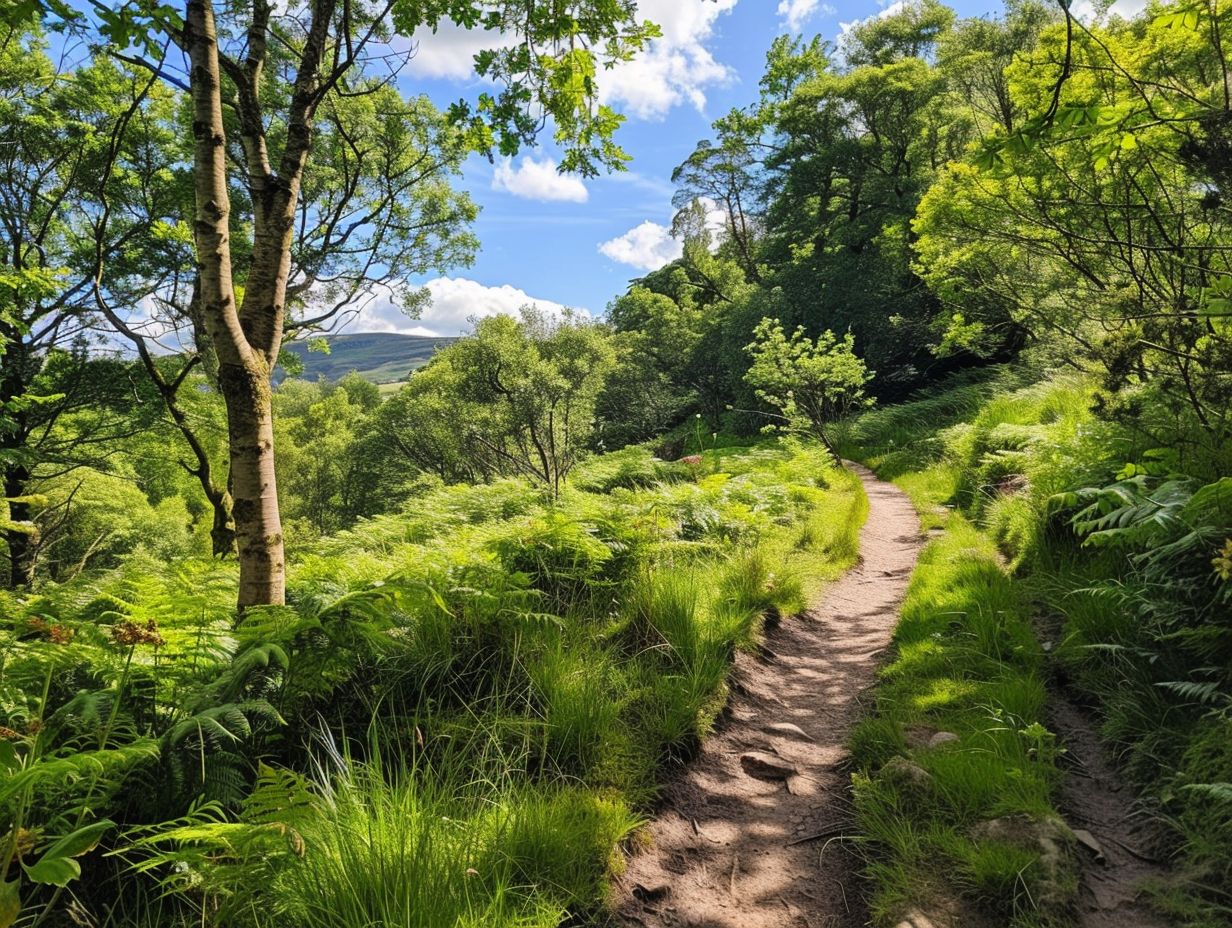
The Best Hiking Trails For Experiencing UK Wildlife
When exploring the picturesque hiking trails of the UK, you can expect to encounter a diverse array of wildlife. From majestic birds soaring overhead to
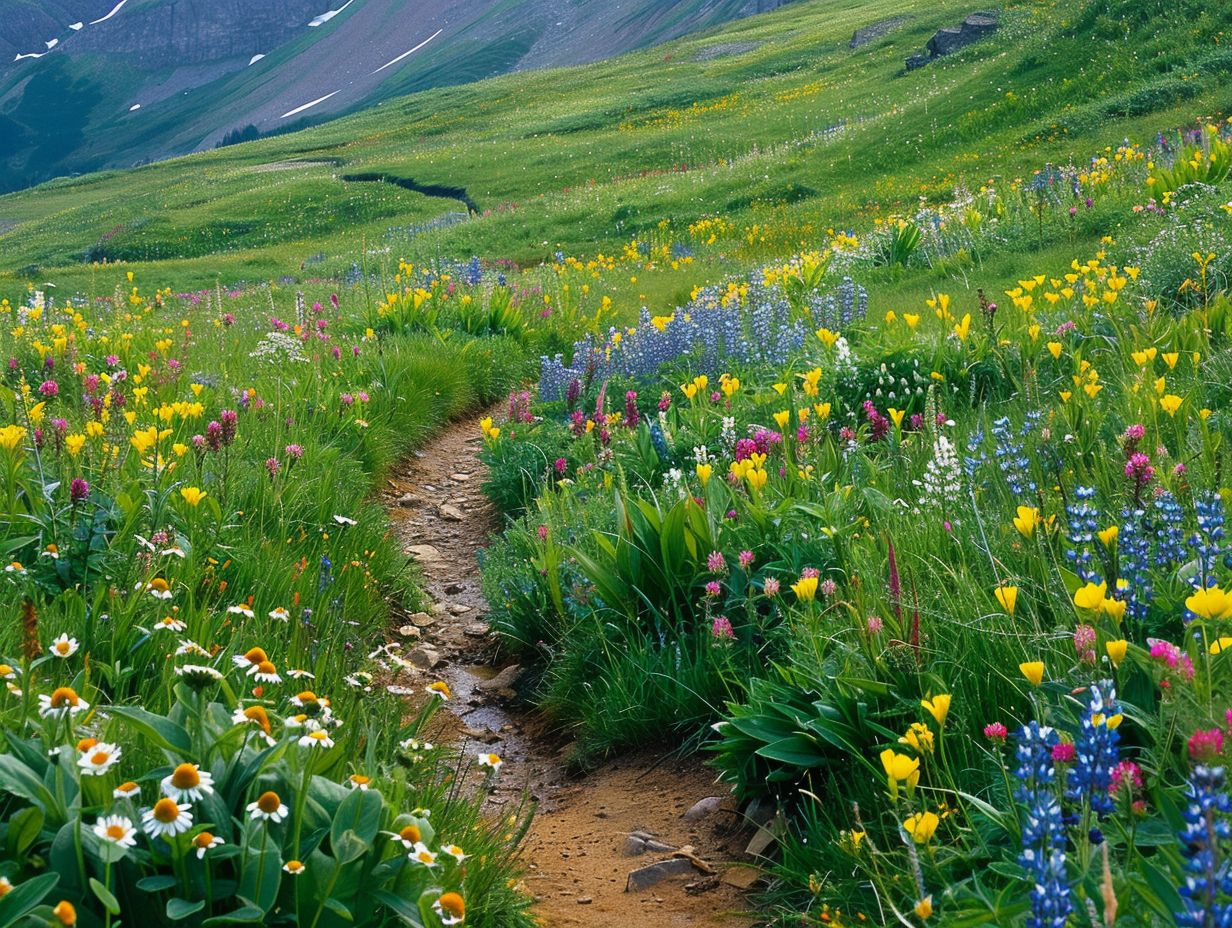
Wildflower Walks The Best Trails For Nature Lovers
Are you a nature lover looking to embark on a wildflower walk? Explore the best trails for wildflower walks, including [Trail Name 1], [Trail Name



